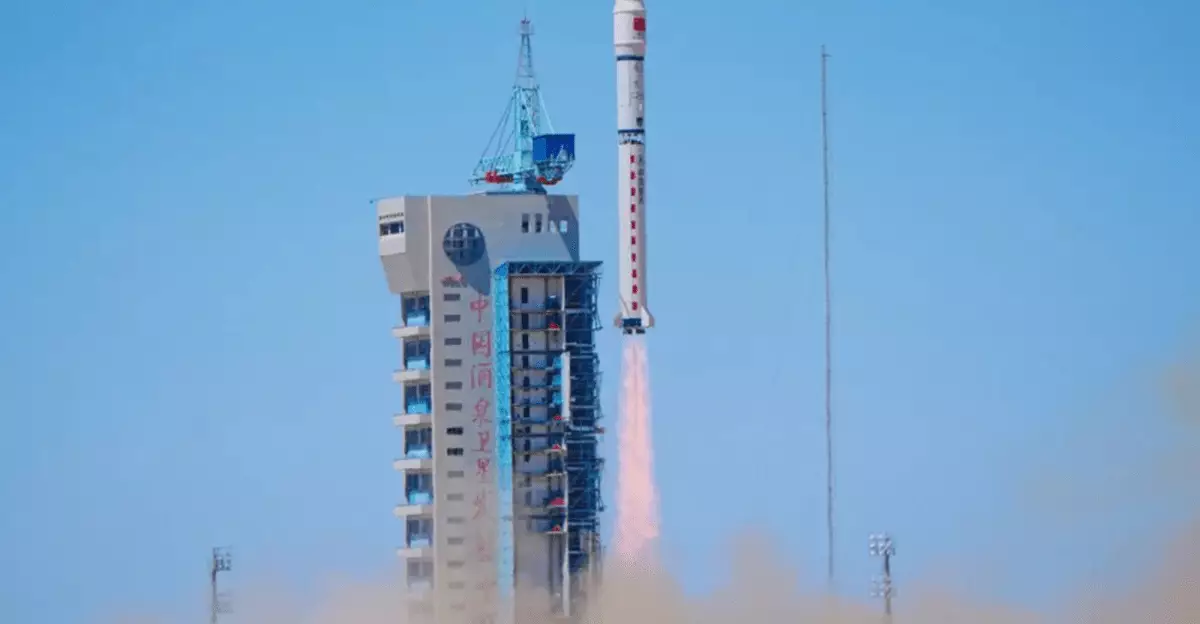China’s ascent in space technology has taken a significant leap with the launch of the first of what promises to be a game-changing network of AI satellites. The recent deployment by ADA Space marks the initiation of an ambitious project that envisions 2,800 satellites operating as a celestial supercomputer. What sets this endeavor apart is not just the scale of the project but the potential to effectively revolutionize data processing and AI capabilities in orbit, an accomplishment that positions China at the forefront of space technology.
An Architectural Marvel of AI Engineering
The core of the “Star Compute” initiative is the breathtaking engineering prowess behind these satellites. Each craftsman aboard has been equipped with a formidable 8-billion parameter AI model and boasts the ability to perform an impressive 744 tera operations per second (TOPS). This capability effectively dwarfs the computational power required for everyday AI applications, signaling a vast leap in what can be achieved in space-based data processing. Altogether, these 12 satellites can handle a staggering 5 peta operations per second (POPS), which underscores the project’s monumental ambition of creating an entire network that could eventually support 1,000 POPS.
Laser Communication: A New Frontier
One of the most intriguing aspects of this network is its method of inter-satellite communication. Utilizing laser technology, these satellites can communicate at speeds reaching up to 100 Gbps, which is orders of magnitude quicker than traditional radio-based systems. This technological advancement addresses one of the primary bottlenecks in satellite communications — bandwidth limitations. Moreover, with each satellite sharing 30 terabytes of storage among them, it paves the way for enhanced data management and retrieval processes, making traditional ground station reliance almost obsolete.
Scientific Advancements and Practical Applications
Beyond technical specifications, the scientific payloads aboard these satellites hold immense promise. Among them is an X-ray polarization detector, designed to capture fleeting cosmic phenomena such as gamma-ray bursts. Such capabilities could open new doors for astrophysical research, providing data that was previously challenging or impossible to gather. Moreover, the ability to create 3D digital twin data offers a wealth of practical applications. This technology could serve a diverse range of industries, from emergency response strategies to innovations in gaming and tourism.
The Need for Space-Based Supercomputers
Traditional terrestrial data processing methods are riddled with complications, including limited bandwidth and insufficient ground station infrastructure, leading to the alarming statistic that less than 10% of satellite data ever reaches Earth. This network provides an essential solution to these obstacles, minimizing latency and maximizing efficiency. As our world continues to generate data at an unprecedented rate, moving vast computational power into orbit is not merely beneficial—it is essential.
The launch of China’s AI satellite network is not just a technological advancement; it symbolizes the beginning of a new frontier in computing. By embracing this opportunity, we are likely to witness innovations that could fundamentally alter our understanding of both technology and the universe we inhabit.


Leave a Reply